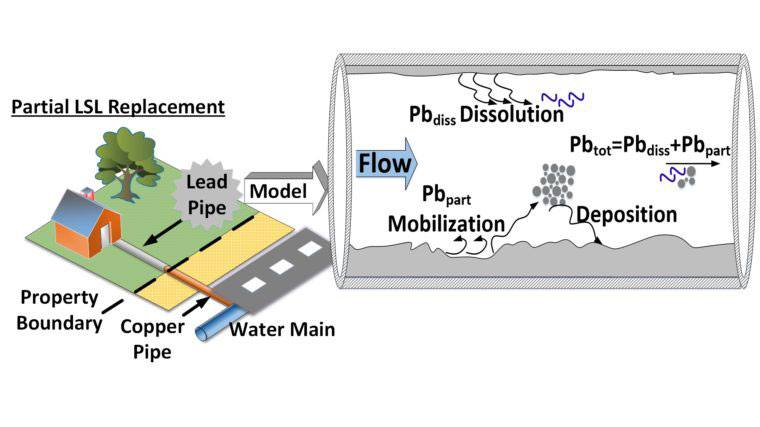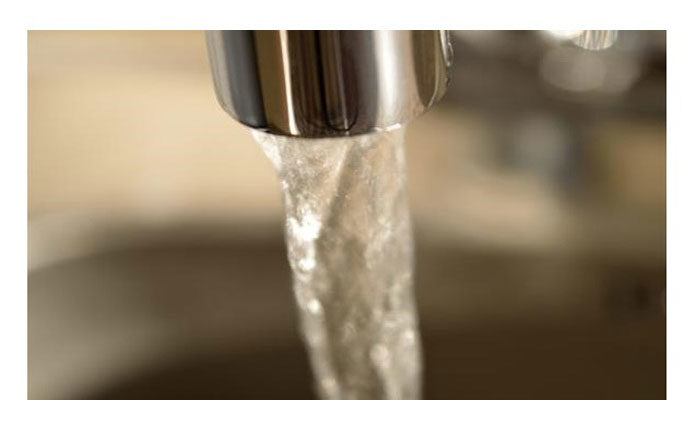Almost all knows that lead is harmful to our body. But, still, it goes into our body through lead contaminated water. Although, the piping used within a distribution system, pluming is primary source for lead in most drinking water. Its been estimated that up to 20% of the total lead exposure in children is attributed to a waterborne route, i.e., consuming lead contaminated water. Lead in drinking water is a potential health hazard or even a concern.
But now, a team of engineers at Washington University in St. Louis has developed new approach to get rid of lead in water. This new approach model and record lead particle transmission during the partial-replacement process. According to researchers, this could keep the water supply safer.

To build this model, scientists used water-quality modeling which they had previously developed for the Environmental Protection Agency. The newly developed computational model predicts by taking account factors. Those factors are pipe age and dimensions, water-use patterns, water chemistry and earlier pipe disturbances. It shows how far lead particles and dissolved species travels after they are disturbed.
Pratim Biswas, Assistant Vice Chancellor of International Programs said, “This is the first comprehensive model that works as a tool to help drinking-water utility companies and others to predict the outcome of an action. If they have the necessary information of a potential action, they can run this model and it can advise them on how best to proceed with a pipe replacement to ensure there are no adverse effects.”
After testing it multiple times, scientists found that the model can accurately predicts disinfectant concentrations in the pipe network, especially dead-end systems. Now they are taking efforts to make this model commercially available.
Biswas said, “The companies can input their individual system’s information and receive recommendations so partial-pipe replacement can proceed without compromising water quality.”
“We’ll work to make these accurate models readily available, so utilities can download and use them. The predictions of the model will guide them on best practices to ensure the safety of the public at large.”
